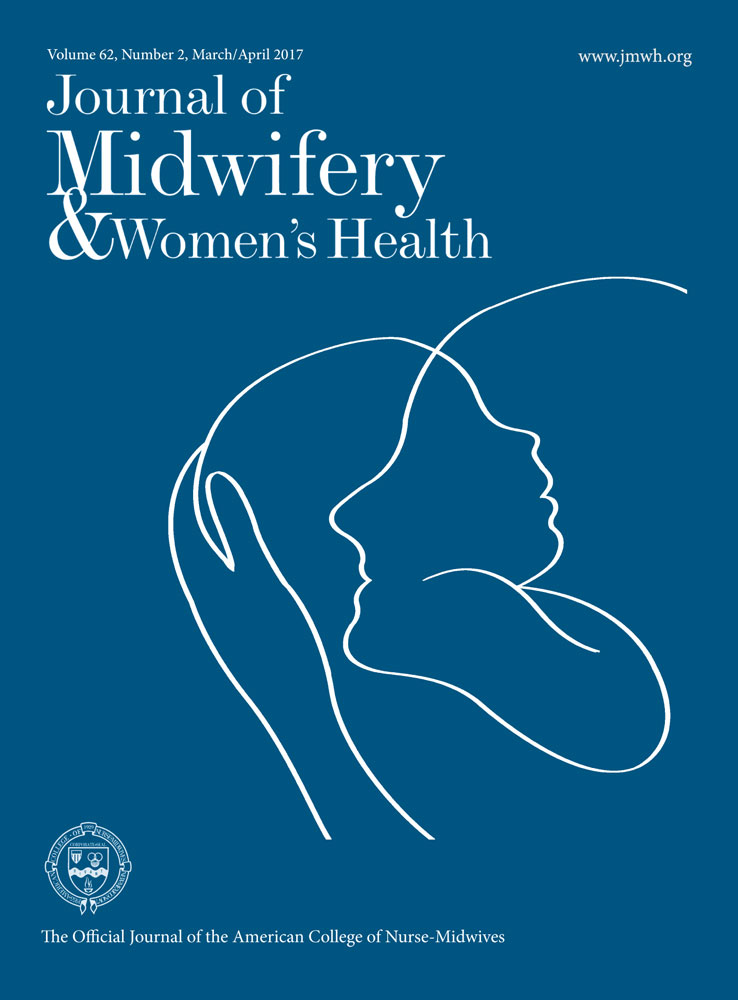Use of an Early Labor Lounge to Promote Admission in Active Labor
Abstract
Professional maternity care organizations within the United States are aligned in the goal to prevent the first cesarean birth in nulliparous women with a term, singleton, vertex fetus. Currently, one in 3 women are at risk for having a cesarean birth. The most common reason for cesarean in the United States is labor dystocia. The evidence supports delaying admission to the birthing unit until active labor is established, thereby minimizing the inadvertent diagnosis of labor dystocia. Providers are familiar with the rationale supporting delayed admission to the birthing unit until active labor is established; however, there is very little evidence on how to effectively promote this delay. Provider apprehension and the lack of early labor support are challenges to sending women home to await the onset of active labor. Maternal anxiety, fear, pain, and unpreparedness also play a part in this reluctance. To address these obstacles, South Shore Hospital created an early labor lounge with stations aimed at instilling confidence in the birth team, promoting teamwork, facilitating relaxation, and reducing anxiety for laboring women. A literature review focusing on women's perceptions of promoting admission in active labor, maternal anxiety, and nonpharmacologic strategies for managing early labor are discussed within the context of the creation, implementation, and evaluation of an early labor lounge.




